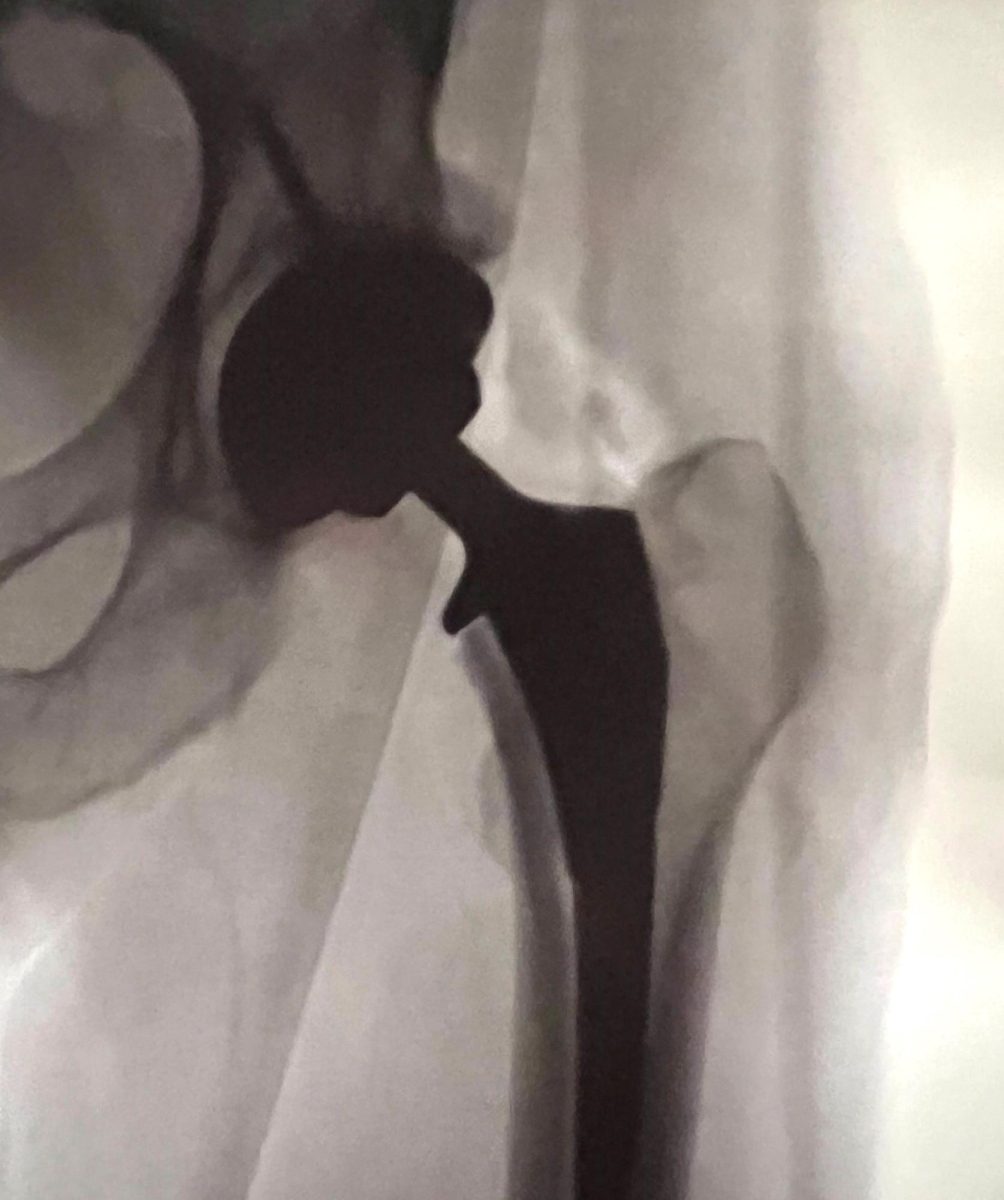All journeys begin with a step.
I thought about that as I ventured outside for the first time since my left hip was replaced eight days ago.
Slowly, one foot in front of the other, I walked without assistance down our road, carrying my cane just in case. It wasn’t a long trip — just a few hundred yards and back — but it felt good.
The soreness and mild pain was simply a reminder that my body was recovering.
My recovery from hip arthroplasty has been better than I anticipated – so far. I had a portion of my hip joint replaced with metal because of damage caused by osteoarthritis.
Today there are more than 450,000 hip replacements and 790,000 knee replacements done annually in the U.S., according to the American College of Rheumatology. It’s become a safe and reliable treatment and more are expected as the population ages.
I did get a little teasing from some friends who asked if I was going to be the next Col. Steve Austin, a reference to the $6 Million Man TV show from the 1970s where a pilot injured in an air crash is rebuilt with bionic implants to give him superhuman strength, speed and vision.
“We can rebuild him. We have the technology. We can make him better than he was. Better…stronger…faster.”
I doubt that anyone would be interested in a TV series about a 60-year-old former editor typing 800 words a minute defeating grammar and content management system evil while simultaneously cursing and chugging gallons of coffee and posting click bait content to hundreds of websites.
To account for inflation, $6 million today is more than $22 million, which seems like a bargain compared to what some of these professional athletes are getting paid. Of course I haven’t received the hospital bill yet.
I do marvel at the medical technology that allowed me to have a major surgery and return home the same day. That’s a far cry from the two-week stay that was common not so long ago.
While computers and technology were used in my surgery, the history of total hip arthroplasty goes back to the 1890s, according to the National Center for Biotechnology Information.
The first reported attempts at hip replacement were in Germany in 1891 when Professor Themistocles Glück presented the use of ivory to replace femoral heads of patients whose hip joints had been destroyed by tuberculosis.
In 1925, American surgeon Marius Smith-Petersen created the first mold arthroplasty out of glass, with the hope it would provide a smoother surface for movement. Alas, those dreams and the mold shattered.

But Smith-Petersen was part of the next concept of using stainless steel fitted to bones with bolts and screws, which led to the titanium and ceramic materials used today.
The modern era of replacements is credited to orthopedic surgeon Sir John Charnley, who worked at the Manchester Royal Infirmary. His low friction arthroplasty designed in the early 1960s using a metal femoral stem and a smaller femoral head to fit into the hip socket along with acrylic bone cement is the same principle used today.
I am still in early stages of recovery. My biggest challenge will be to not – forgive the pun – jump into rigorous physical activities too soon. But I plan to be faithful to my rehabilitation routine and try to take care of this marvelous gift that I have received.
I am truly grateful to the surgeon and medical staff at Vernon Memorial Hospital in Viroqua for the new hip. I’m also grateful for the at-home pampering I received from my wife Sherry, who should receive consideration for sainthood. It also has me planning for the second part of the gift, which will be a new right hip something later this year.
With proper care, my new hip should last another 20 years. Journalists may not be proficient at math, but that puts me at 80, if the good Lord blesses me with those years.

